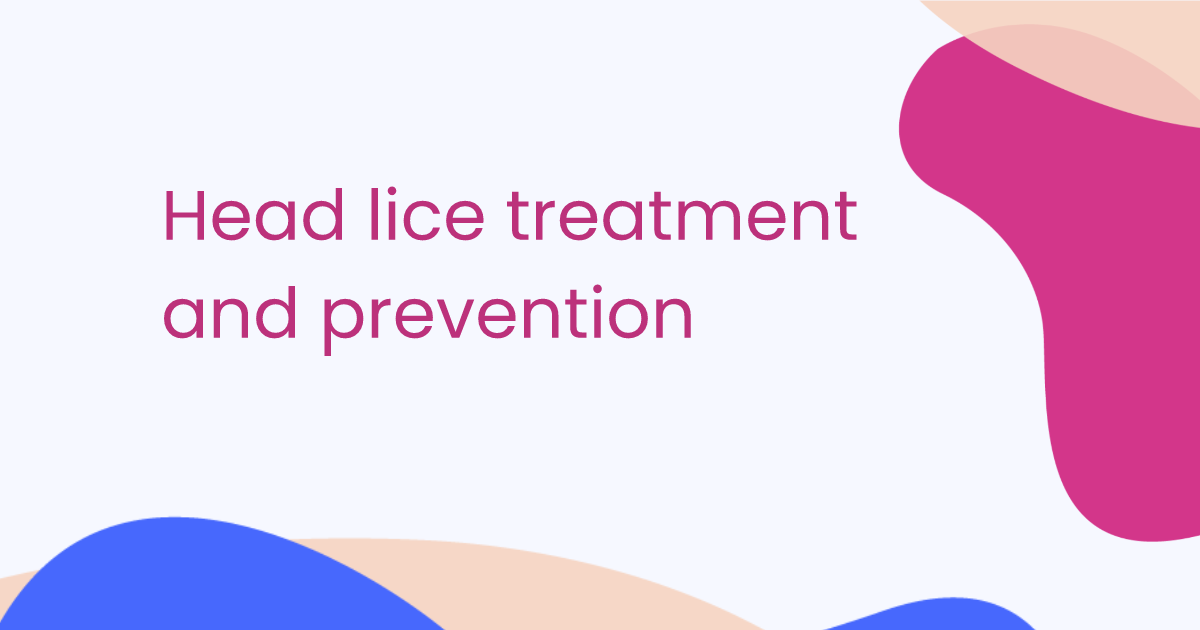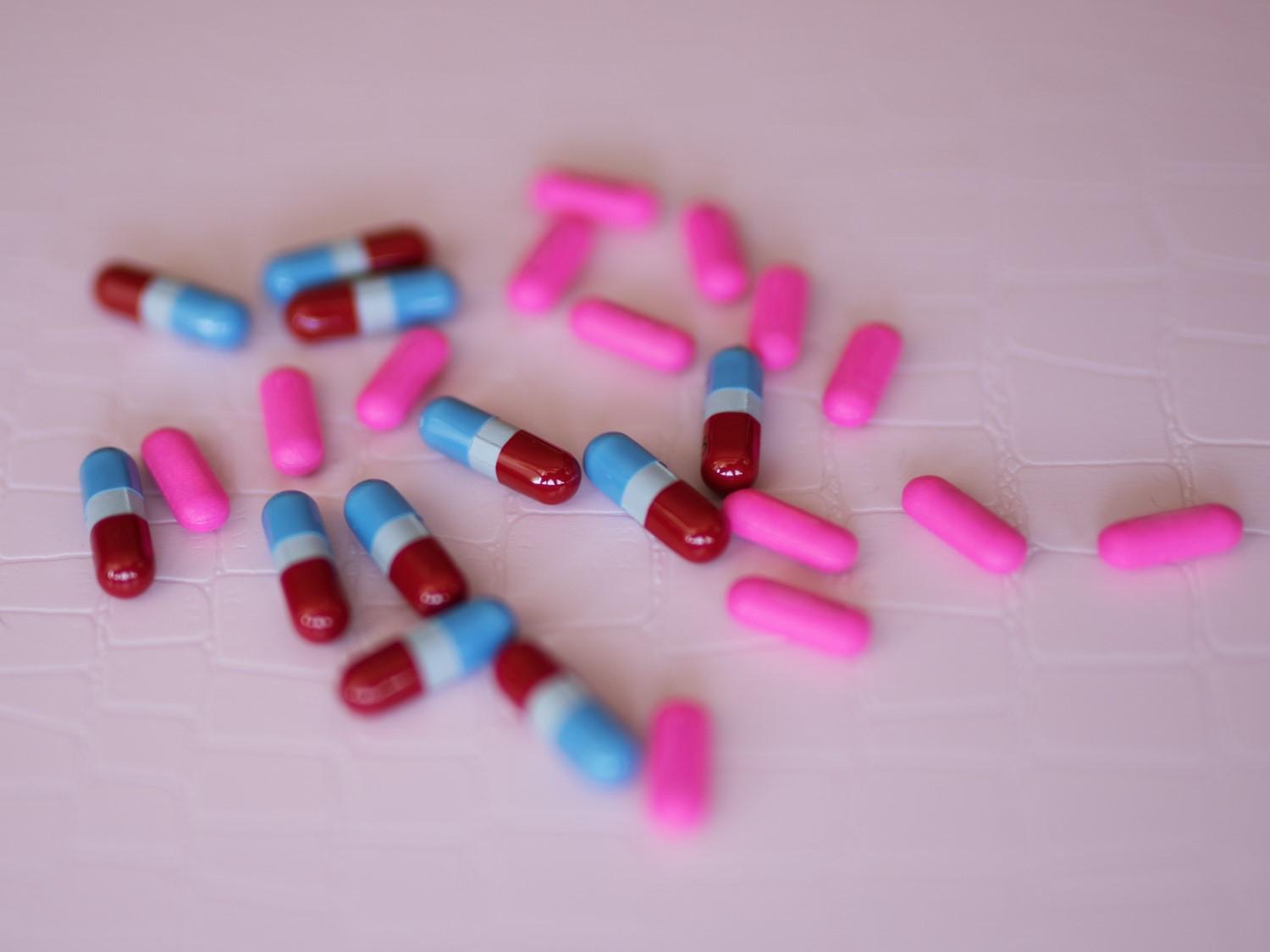Antifungal medication
Peer reviewed by Dr Colin Tidy, MRCGPLast updated by Dr Colin Tidy, MRCGPLast updated 8 Sept 2024
Meets Patient’s editorial guidelines
- DownloadDownload
- Share
- Language
- Discussion
In this series:Fungal infectionsThrush in menAthlete's footYeast infectionFungal groin infectionRingworm
Antifungal medication is used to treat fungal infections of the skin, scalp and nails. Creams, tablets, pessaries, and shampoos are the most common types prescribed.
In this article:
Key points
Antifungal medication is used to treat fungal infections such as thrush, ringworm, athlete's foot, and nail infections.
They come in various forms, including topical creams, oral tablets, pessaries, mouth gels, and shampoos.
Side effects such as feeling sick (nausea), diarrhoea, skin irritation, or, in rare cases, liver issues can sometimes occur.
Some antifungal creams, pessaries, and shampoos can be bought from a pharmacy, but oral tablets and strong topical creams require a prescription.
Continue reading below
What are antifungal medicines and how do they work?
There are several types of antifungal medicines. They come as creams, sprays, powders, solutions, tablets designed to go into the vagina (pessaries), shampoos, medicines to take by mouth, and injections. Most work by damaging the cell wall of the fungus, which causes the fungal cell to die.
Antifungal creams
These are used to treat fungal infections of the skin, scalp and nails. They include:
Miconazole, ketoconazole, econazole, tioconazole and clotrimazole belong to a group of medicines called imidazole antifungals or azole antifungals.
Antifungal creams come in various different brand names.
Sometimes an antifungal cream is combined with other medications when two actions are required. For example, an antifungal cream is often combined with a mild steroid cream, such as hydrocortisone, to treat certain rashes. The antifungal cream clears the infection and the mild steroid cream reduces the inflammation caused by the infection.
There are also separate leaflets in this series that deal with:
Antifungal shampoo
A shampoo containing ketoconazole is sometimes used to help treat scalp fungal infections and certain skin conditions.
Antifungal pessaries
Pessaries are tablets which are designed to be put into the vagina. Some antifungal medicines are used as pessaries to treat vaginal thrush, particularly:
Clotrimazole.
Econazole.
Miconazole.
Antifungal mouth gel
There are various types. For example, miconazole is available as an oral gel, and nystatin as a liquid. They are applied to the mouth. They are used to treat thrush (candida infections) of the mouth and throat.
Antifungal tablets
Terbinafine, itraconazole, fluconazole, posaconazole, and voriconazole are antifungal drugs that are available as tablets, which are absorbed into the body. They are used to treat various fungal infections. The one chosen depends on what type of infection you have. For example:
Terbinafine is commonly used to treat nail infections which are usually caused by a tinea type of fungus.
Fluconazole is commonly used to treat vaginal thrush, as an alternative to using antifungal cream. It is also used to treat and prevent certain fungal infections within the body.
There are also separate leaflets in this series dealing with athlete's foot, ringworm and fungal groin infection.
Antifungal injections
These may be used if you have a serious fungal infection within the body. Amphotericin, flucytosine, itraconazole, voriconazole, anidulafungin, caspofungin, and micafungin are medicines that are sometimes used in this way.
The one chosen depends on the type of fungus causing the infection. These are specialist medications that are used for people who are usually quite ill in hospital.
Note: antifungal medicines are different to antibiotics, which are antibacterial medicines. Antibiotics do not kill fungi - they kill other types of germs (called bacteria). In fact, you are more prone to getting a fungal infection if you take antibiotics.
For example, many women develop thrush after taking a course of antibiotics. This is because the antibiotic may kill the normal harmless bacteria that live on your skin or vagina and make it easier for fungi to flourish.
Side-effects of antifungal medicines
You should read the information leaflet that comes with your particular brand for a full list of cautions and possible side-effects.
Antifungal creams. These usually cause no side-effects and are easy to use. Occasionally some people get a slight allergic reaction, with a little bit of itch, burning or redness where the antifungal preparation has been applied. If this is severe, you should stop using it. Occasionally, some women develop mild irritation around the vagina after applying vaginal antifungal products.
Antifungal medicines by mouth. The most widely used are terbinafine for nail infections, miconazole and nystatin for oral thrush, and fluconazole for vaginal thrush. These usually cause no side-effects. You can even buy fluconazole without a prescription at pharmacies, as it is considered a medicine which is unlikely to cause problems.
Some antifungal preparations cause liver problems or more serious side-effects in a small number of people. A few possible side-effects of some of the more widely used antifungal medicines are:
Terbinafine sometimes causes tummy ache, loss of appetite, feeling sick (nausea), tummy upset, diarrhoea, headache, rash, taste disturbance and muscle or joint pain.
Fluconazole may cause nausea, tummy ache, diarrhoea, wind, headache, or a rash.
Miconazole may cause nausea or sickness (vomiting), or a rash.
Nystatin may cause soreness of the mouth.
Antifungal injections. These carry a higher risk of side-effects and sometimes cause serious problems. However, they are used to treat severe fungal infections and the risk of side-effects needs to be balanced against the need for treatment.
Continue reading below
How long does antifungal treatment last?
Fungal skin infections like athlete's foot or ringworm: a cream is usually used for two weeks as a minimum. Sometimes up to six weeks' treatment is needed with a cream.
Fungal nail infections: if taking an antifungal pill like terbinafine, treatment is usually used for two months. Sometimes a longer course of treatment is necessary.
Fungal infections in lungs: this is a more serious condition and the duration of treatment will be decided by a specialist in that field.
Who cannot use antifungal medication?
Generally everybody can use antifungal creams without a problem: if in doubt, take advice from your pharmacist or doctor.
Antifungal pills are stronger than the creams and can possibly interact with other pills you are taking. You must check with a pharmacist or doctor before taking an antifungal pill, if you take other medicines.
Generally young children should not take antifungal tablets but are OK to use the creams.
Elderly people should ask their doctor before using an antifungal pill but can use the antifungal creams.
Continue reading below
Frequently asked questions
Can I buy antifungal medication?
Yes, you can buy some antifungal creams from your pharmacy (for example, clotrimazole and terbinafine). You can also buy oral fluconazole to treat vaginal thrush.
Can fluconazole treat UTI?
Fluconazole is not typically used for most urinary tract infections (UTIs), as these are usually caused by bacteria rather than fungi. It may be prescribed if a UTI is due to a yeast or fungal infection, but this is much less common.
Can I use antifungal cream while pregnant?
Most antifungal creams are considered safe to use during pregnancy, but it’s always best to check with your doctor or midwife first. They can recommend the safest option based on your symptoms and stage of pregnancy.
What is the best antifungal medicine for ringworm?
The best antifungal medicine for ringworm depends on how severe the infection is and where it appears. Mild cases often clear up with over-the-counter creams like clotrimazole or terbinafine, while more stubborn infections may need prescription tablets from your doctor.
Patient picks for Medicines for infections

Treatment and medication
Head lice treatment and prevention
Treatment is needed only if you see one or more live lice. Empty eggshells (nits) do not always mean that you are infested with lice.
by Dr Colin Tidy, MRCGP

Treatment and medication
Antibiotics
Antibiotics are medicines that treat bacterial infections, but they don’t work against viruses like colds or flu. Using the right antibiotic correctly and completing the full course helps ensure recovery and prevent resistance. This leaflet explains how antibiotics work, when they are prescribed, the types available, how to take them, and possible risks.
by Dr Philippa Vincent, MRCGP
Further reading and references
- Fungal skin infections; DermNet NZ
- Fungal skin infection - body and groin; NICE CKS, July 2023 (UK access only)
- Fungal skin infection - foot; NICE CKS, June 2023 (UK access only)
- Candida - oral; NICE CKS, March 2025 (UK access only)
- Fungal nail infection; NICE CKS, August 2023 (UK access only)
- Fungal skin infection - scalp; NICE CKS, June 2023 (UK access only)
Continue reading below
Article history
The information on this page is written and peer reviewed by qualified clinicians.
Next review due: 7 Sept 2027
8 Sept 2024 | Latest version

Ask, share, connect.
Browse discussions, ask questions, and share experiences across hundreds of health topics.

Feeling unwell?
Assess your symptoms online for free
Sign up to the Patient newsletter
Your weekly dose of clear, trustworthy health advice - written to help you feel informed, confident and in control.
By subscribing you accept our Privacy Policy. You can unsubscribe at any time. We never sell your data.